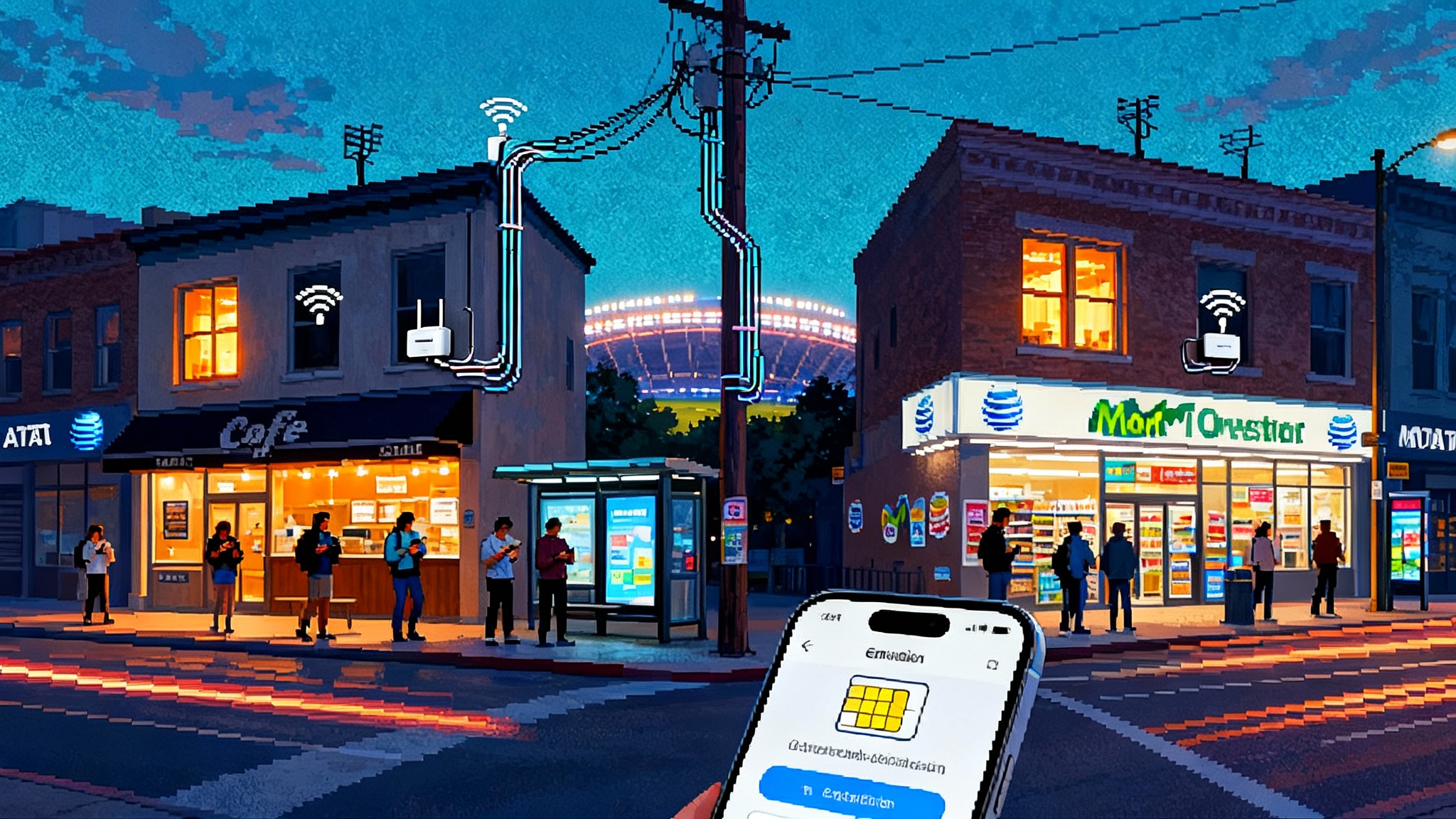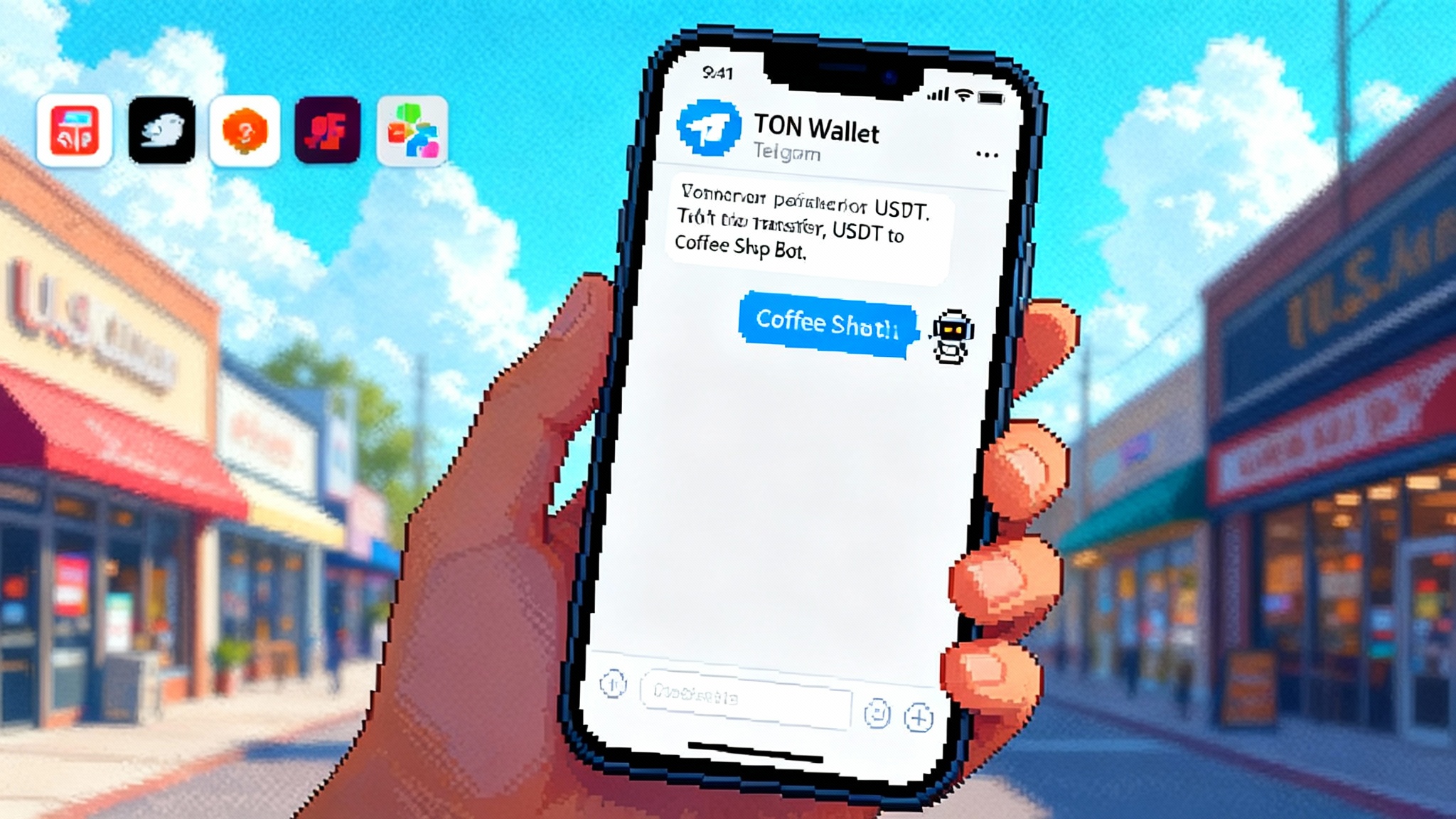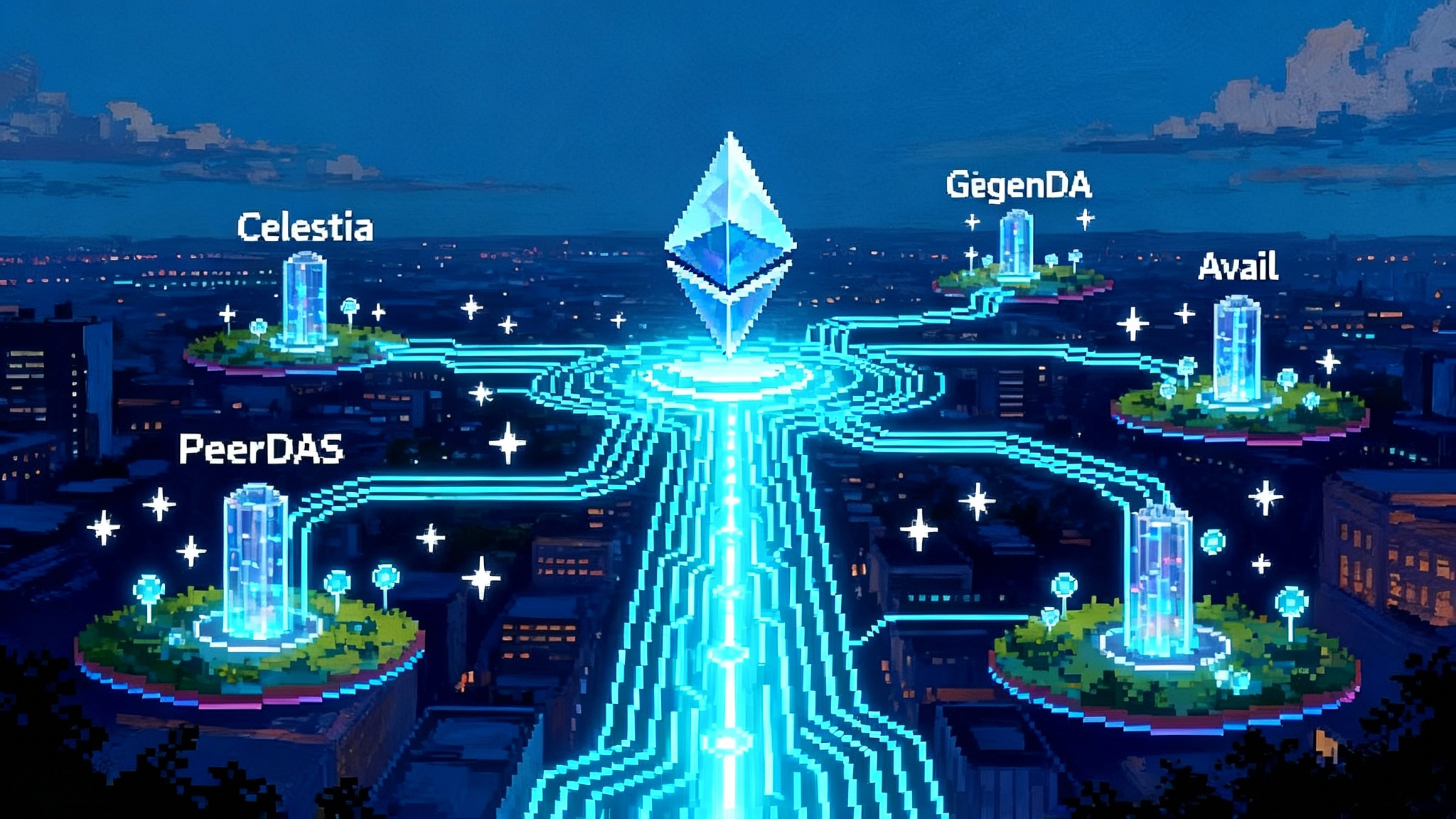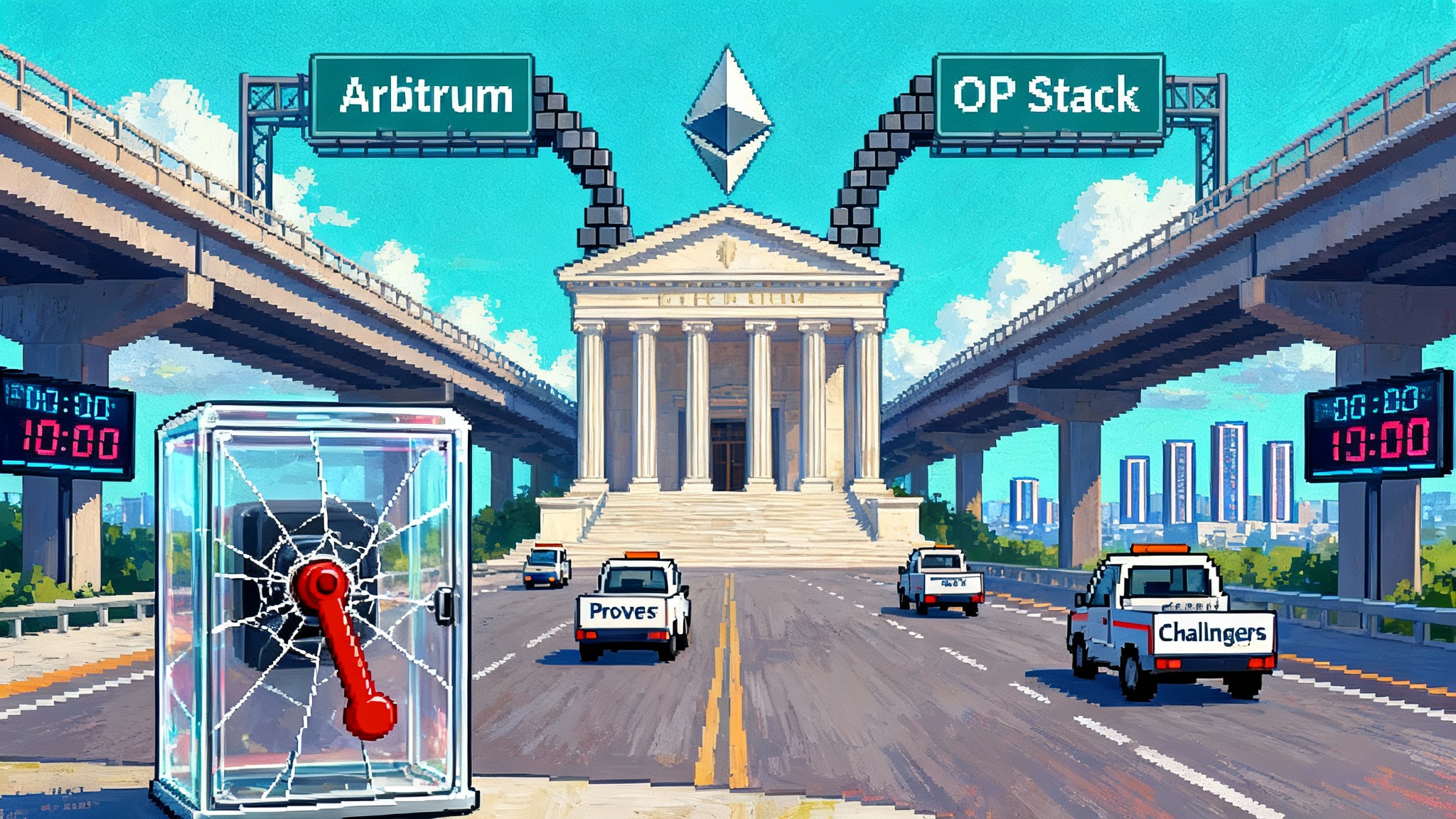Helium’s carrier-grade turn: AT&T, Movistar, and free mobile
In 2025, Helium moved from clever experiment to carrier‑grade reality. AT&T enabled Passpoint roaming onto community hotspots, Movistar began rolling out Helium in Mexico, and Helium Mobile made its Zero plan truly free. Here is what changed, why it matters, and what to watch in 2026.

The year DePIN felt like a real carrier
Decentralized physical infrastructure networks, often shortened to DePIN, were supposed to be a clever idea that never quite left the lab. In 2025, Helium pushed that idea into the consumer mainstream. Three milestones tell the story: in late April, AT&T subscribers began automatically connecting to Helium’s community Wi‑Fi through Passpoint roaming, a quiet integration that placed decentralized hotspots next to one of the biggest names in telecom. Industry outlet Mobile World Live reported the move on April 25, 2025 in its piece, AT&T boosts connectivity with Helium hotspot deal.
On February 20, 2025, Movistar Mexico, part of Telefónica, said it would bring the Helium network to more than 2.3 million subscribers as coverage comes online, with Helium Mobile hotspots sold in Movistar stores and online to accelerate buildout. Telefónica framed it as a way to lower infrastructure costs by offloading traffic to Helium where possible in its release, Telefónica Mexico bringing the Helium network.
Then in October, Helium Mobile made its Zero plan truly free by removing the always‑on location tracking requirement. The plan still includes limited monthly data, texts, and minutes at a price of zero dollars, but the quid pro quo changed. Instead of asking users to continuously share their location, Helium now asks for a small amount of actual network usage each month to keep the line active. That is a sharp turn toward mainstream consumer expectations and it helps answer the question everyone asks about free plans: what is the catch.
Put together, these milestones show a pattern. DePIN is no longer pitching telcos from the outside. It is sitting inside carrier systems, riding established roaming standards, appearing on retail shelves, and meeting consumer privacy expectations. The model is still unconventional, but it no longer looks like a science project. This echoes how crypto rails are quietly going mainstream in payments, as we explored in USDC at checkout goes live.
How Helium’s economic engine really works
At the heart of Helium is a simple trade. People and businesses deploy small hotspots in places where phones actually need bandwidth. The network then steers compatible devices onto those hotspots when it will improve the user experience. In return, hotspot operators get paid, and the protocol records where and when value was created.
The incentives are tokenized, but you do not need to think like a crypto trader to understand them. Imagine a cafe that installs a Helium Wi‑Fi hotspot near a busy bus stop. On weekdays from 4 to 7 p.m., commuters spill in and the phone traffic offloads to that hotspot. The cafe pays for power and internet, which it already has. Helium pays the cafe operator in network rewards because real phone data moved through that hotspot. The more useful the coverage, the greater the rewards.
For carriers, this is like using ride‑share drivers to cover peak demand instead of buying more buses. Instead of overbuilding cell sites everywhere, they tap thousands of micro locations where people actually stand, sit, and scroll. That is why April’s Passpoint integration matters. It lets a subscriber’s phone attach to Helium Wi‑Fi the same way it roams onto a partner cellular network, without pop‑ups or captive portals. The user experience is native.
Two flows make the economics tick:
- Demand and payment. A carrier or mobile virtual network operator pays Helium to deliver some amount of data. That payment can be in fiat currency or in the network’s native token. Under the hood, usage settles as Data Credits, which are created by destroying a small amount of the native token. This is a burn mechanism that ties network demand to token scarcity.
- Supply and rewards. The protocol distributes rewards to hotspots based on two things that are easy to reason about: were you in a place where devices actually connected, and how much data did you move.
A street‑level example makes it concrete. Suppose an operator wants to improve service around a stadium on game days. Traditional options include rolling a temporary cell on wheels or upgrading nearby small cells. With Helium, an operator can instead encourage dozens of nearby businesses to plug in hotspots, and those venues are rewarded when they carry real traffic on game days. The operator pays for value delivered. Venues get paid for contributing real capacity. Fans get fast logins that behave like their regular network. No single party carries the whole capital burden.
Why Wi‑Fi and 5G offload matter right now
Today’s mobile networks handle three different kinds of traffic patterns.
- Fixed places that act like magnets. Grocery stores, gyms, stadiums, subway entrances.
- Predictable flows. Morning and evening commutes, school drop‑off and pickup windows.
- Long tail peaks. Concerts, weather events, neighborhood block parties.
Macro cellular sites are great at covering wide areas. They are less efficient at catching millions of tiny peaks exactly where people stand. Wi‑Fi excels at those micro peaks, especially when the phone can attach securely without user effort. That is what Passpoint roaming enables. It also explains the Mexico push. Movistar can move traffic to Helium where coverage exists and keep using its normal network everywhere else. The end user does not need to care which one is serving the bits.
Cost is the second reason. Hauling a gigabyte over a macro cell site involves licensed spectrum and expensive tower real estate. That is worth it for mobility at highway speeds and for broad coverage. Hauling some of those gigabytes over short‑range Wi‑Fi attached to a fiber backhaul in a cafe is usually cheaper. DePIN makes the cheaper option show up exactly where it is needed, with a market‑driven way to pay the people who host it.
eSIM is the growth hack
Helium Mobile distributes service primarily through eSIM. That matters because eSIM removes the friction of a trip to a store. A user can download an app, scan a QR code or follow a guided setup, and activate a line in a few minutes. For people who keep their primary line on a traditional carrier, a Helium eSIM becomes a secondary line for travel, backup, or a child’s first phone. This mirrors superapp distribution dynamics discussed in crypto’s superapp moment with TON.
The eSIM playbook looks like this:
- Make signup painless. Instant activation with clear device compatibility checks, automatic number transfer flows, and simple cancellation.
- Seed discovery with referrals. A free plan and gift card rewards draw attention, but the long‑term lever is households with multiple lines. A parent adds a free line for a child or a tablet, then upgrades once the service proves reliable.
- Add sticky add‑ons. International roaming packs, unlimited talk and text add‑ons for free‑plan users, and bundled device insurance are revenue builders that do not require a storefront.
If you are a venue or a property manager, eSIM is also your on‑ramp. A hotspot plus a small sign that says “Your phone may connect automatically for faster service” turns foot traffic into bandwidth revenue without carting in carrier technicians.
Regulatory and spectrum realities
Helium’s mobile network runs on a blend of technologies, and each carries its own rules.
- Wi‑Fi. Unlicensed spectrum, but not unregulated. Devices must meet radio standards. Passpoint roaming uses established Wi‑Fi Alliance and Wireless Broadband Alliance practices for secure authentication at scale. That makes a Helium session behave like a known network rather than a risky open hotspot.
- Citizens Broadband Radio Service. In the United States, community 5G small cells operate in the 3.5 gigahertz Citizens Broadband Radio Service band. A cloud service called a Spectrum Access System coordinates who can transmit and at what power. This protects incumbents like naval radar while allowing general authorized access for everyone else. The upshot is that a neighborhood can stand up real cellular capacity legally, as long as radios register with a Spectrum Access System and stay within limits.
- MVNO obligations. Because Helium Mobile also sells full phone service, it must meet requirements like emergency calling, lawful intercept readiness, and number portability. The free plan does not bypass those obligations. It lives on top of Helium’s native footprint and a national carrier partner for everywhere else, so emergency services still work and numbers still move.
Mexico adds a different angle. Movistar’s rollout is not about replacing its network. It is about letting millions of its users and wholesale partners tap Helium coverage where it appears. Hotspots are being sold in Movistar stores to push coverage into places Movistar wants to strengthen, without waiting for a tower permit. That is the carrier‑grade part. The operator directs the buildout by nudging the market, not by ordering more steel and concrete. For a broader look at US policy shifts shaping crypto services, see America’s stablecoin law field guide.
The privacy pivot and the free plan
A free plan is always going to raise an eyebrow. Helium’s February 2025 launch required location sharing to keep the Zero plan free. That sparked debate about whether the price of zero was worth persistent tracking. The October 1, 2025 update changed the deal. To keep the free line active, you now only need to use a bit of data each month. Location sharing is optional. For many consumers, that is the line between a clever idea and a plan they would actually try.
The change also hints at a maturing network. Early on, Helium needed location signals to learn where people used their phones and to prioritize hotspot placement. By October, usage data and carrier partnerships provided enough signal to guide buildouts without asking for continuous location from free users.
What to watch in 2026
Here are the concrete markers that will tell you if decentralized telecom is scaling.
- More carrier integrations, not just pilots. The AT&T Passpoint tie‑in and the Movistar Mexico rollout were the 2025 beachheads. Watch for at least two more regional or national operators to integrate Helium roaming or to resell Helium coverage. Signals to track: announced cities, live user counts, and hotspot hardware sold through carrier channels.
- Quality‑of‑service proofs that carriers can audit. Helium has talked about real‑time coverage and quality metrics for partners. The missing piece is a third‑party verifiable system of receipts that shows what speed, latency, and uptime a venue delivered during a given window. Expect proof formats that combine cryptographic signatures, device telemetry, and privacy protections. The first carrier to accept those receipts for settlement will set the bar for everyone else.
- HNT and MOBILE impacts from real‑world demand. In January 2025 the community consolidated rewards back to HNT, and MOBILE emissions ceased. For 2026 the token story is no longer theoretical. If Helium offload grows, the burn that creates Data Credits should grow. That lowers circulating HNT and raises the share of rewards tied to actual usage. Key things to track: the ratio of data transfer rewards to proof‑of‑coverage rewards, total Data Credits consumed each quarter, and any governance changes that tune reward weights between Wi‑Fi and 5G.
- The eSIM funnel and churn. Free plans invite abuse. The tell will be monthly active lines on the free plan that convert to paid add‑ons, not just signups. A healthy funnel will show consistent conversion and below‑industry churn on paid tiers.
How operators, venues, builders, and consumers can act now
- Mobile operators and MVNOs. Start with a roaming or offload pilot in one city, tied to a measurable pain point such as stadium congestion or a transit hub. Require Helium to provide per‑session receipts that summarize throughput and time on network. Use that pilot to set a price per gigabyte that reflects your internal cost of macro capacity. Expand only where the receipts beat your current cost to serve.
- Venues and property owners. Think like a micro tower company. Map your foot traffic by hour. If you see daily peaks, install a Helium hotspot and ensure your broadband is not the bottleneck. Treat the hotspot like a digital vending machine that sells capacity. Place signage in high‑traffic spots so users keep Wi‑Fi on and attach automatically.
- Builders and integrators. Package hotspots with fiber and managed Wi‑Fi for small businesses and multi‑tenant properties. Offer service level agreements that mirror what venues already buy today, and bundle eSIM onboarding help. The goal is to make the DePIN part invisible.
- Consumers. If you are DePIN‑curious, start with an eSIM on a secondary device or as a second line. Try the free plan first, then add unlimited talk and text if you need to use the line daily. The real test is whether your phone quietly attaches in the places you care about, and whether calls and maps feel normal.
The big picture, without the buzzwords
This shift is not about replacing national networks. It is about using different tools in the right places. Macro sites for highways and wide areas. Community Wi‑Fi for the exact sidewalk where people gather. A protocol that pays for what works, where it works, and when it works.
The old model assumed that only big companies could build reliable connectivity. The 2025 milestones show a different balance. A tier‑one carrier now authenticates into a community network. A major Latin American operator is rolling it out to millions. A free plan no longer asks for always‑on tracking. That combination is what carrier‑grade looks like when it is assembled from the bottom up.
If 2025 was Helium’s coming‑of‑age year, 2026 is the year the receipts must match the rhetoric. Watch the integrations. Watch the quality proofs. Watch the burn tied to actual data. If those three lines move in the right direction, decentralized telecom will stop being a curiosity and start being a utility you do not have to think about, which is precisely how a network should feel.








